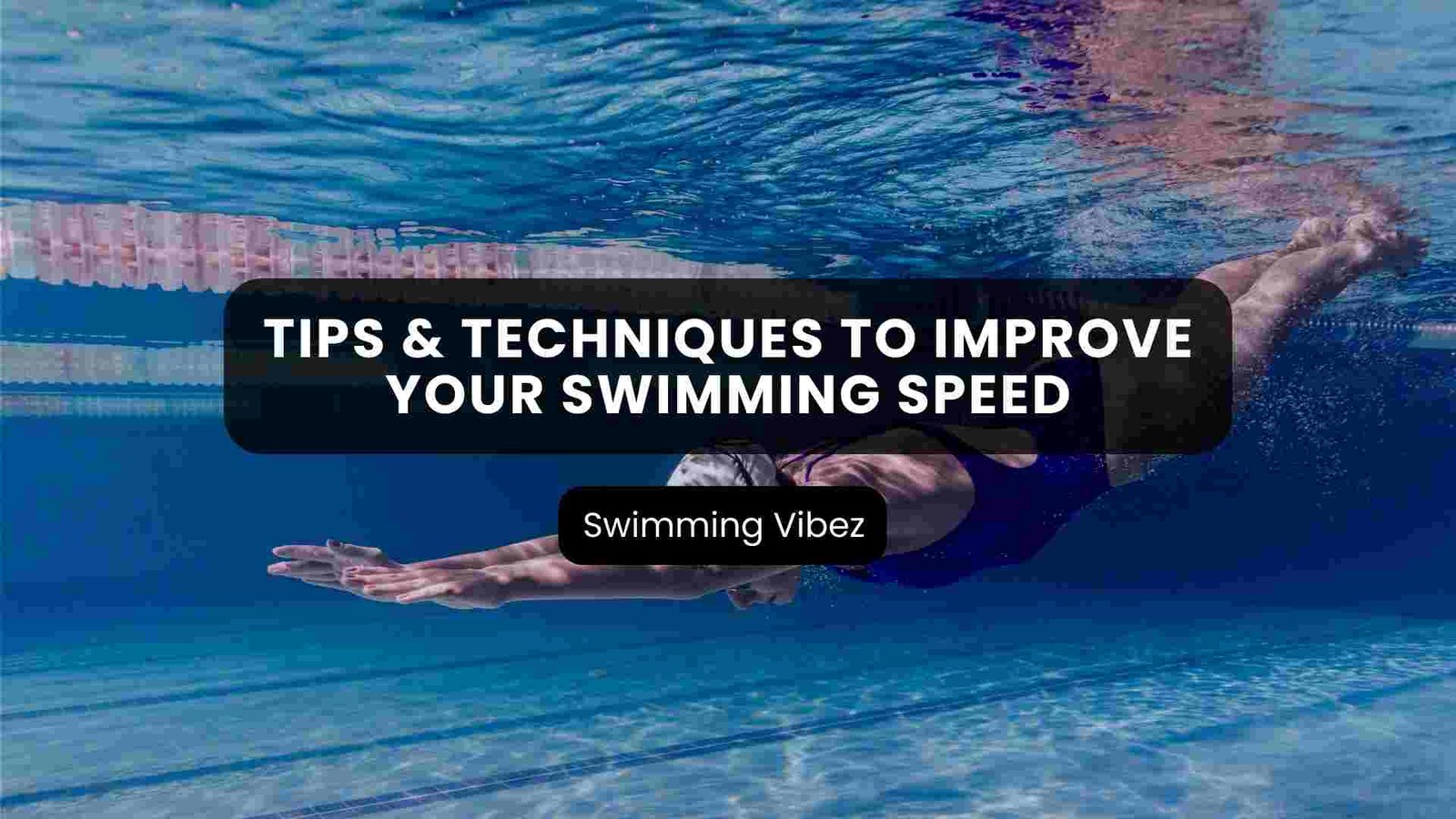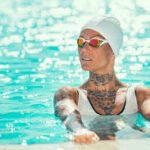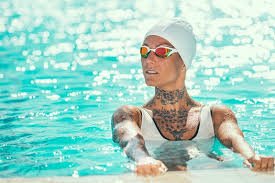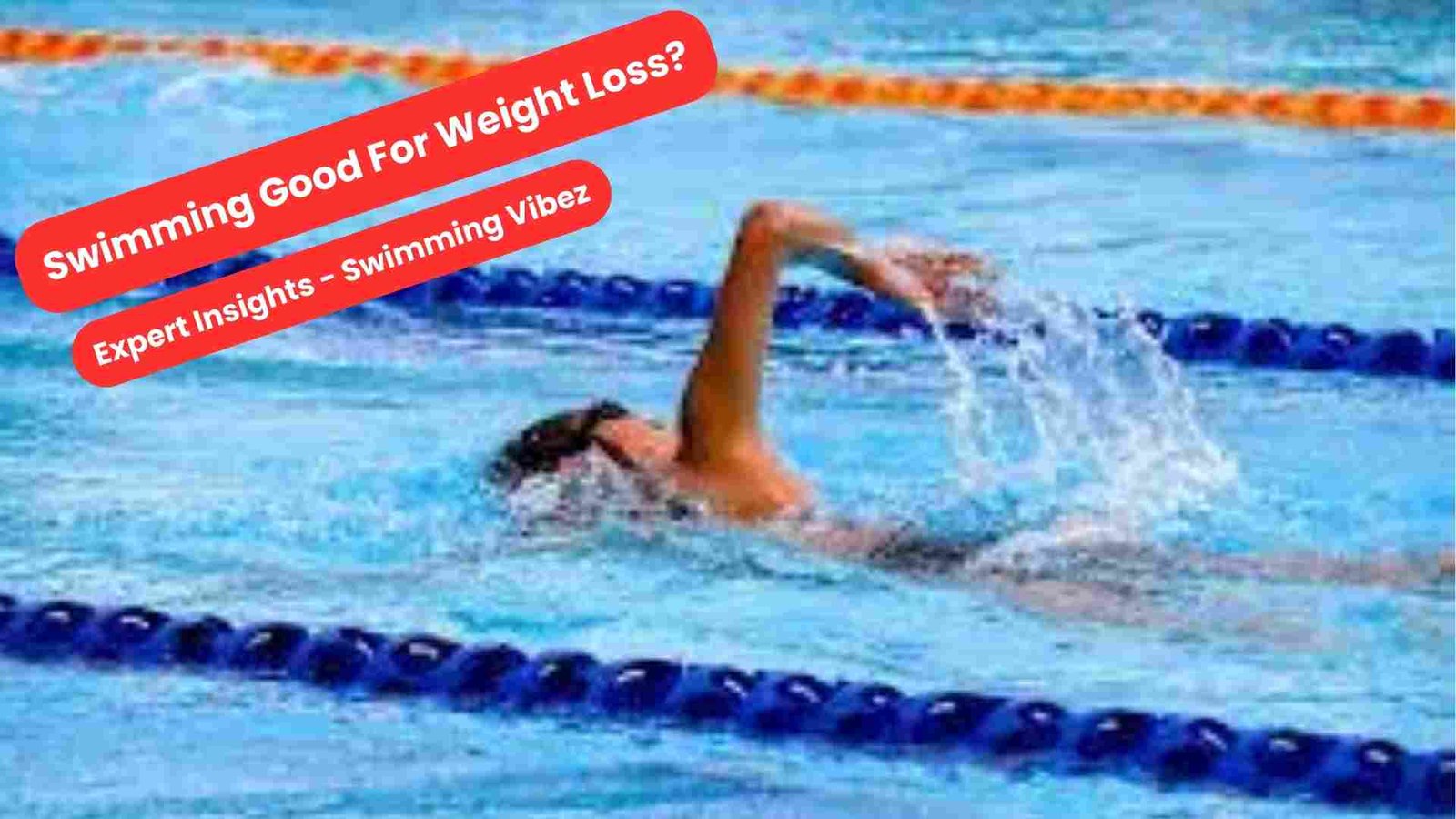Swimming is an art form of fluidity and grace, but there’s an undercurrent of competition within every stroke. Whether you’re racing to outpace your limits or chasing after the swimmers ahead, speed is crucial in every sport. This extensive guide is written for those who want to take their swimming to the next level, breaking down how to enhance their technique, training, strength, and more to express their speed in the water. Let’s delve into the techniques and tips to improve your swimming speed.
1. Focus on Technique

Mastering swimming techniques is fundamental for achieving speed and efficiency in the water. It involves proper body positioning, mastering effective kicking techniques, executing precise arm strokes with appropriate form, and maintaining rhythmic breathing patterns. Each element is crucial to enhancing your overall swimming performance and ensuring a more enjoyable and successful experience in the water.
- Body Position: Correct body alignment reduces resistance and enhances forward movement. Maintain a parallel position to the water’s surface by appropriately aligning your head, hips, and legs.
- Kicking: Powerful kicking originates from the hips with minimal knee bending, ensuring a continuous propulsive motion from top to bottom for optimal motion.
- Arm Stroke: Execute a long stroke with a solid high elbow recovery. For efficient propulsion, focus on proper hand entry, extension, pull, and recovery phases.
- Breathing: Use steady breathing to support body balance and oxygenation. Establish a natural breathing pattern every few strokes to sustain aerobic capacity during swimming.
“Improving swimming speed is a holistic approach that involves refining technique, building strength, and optimizing your training plan”
Coach Alex, A veteran Competitive Swim Coach
2. Train Shorter
Speed work is a crucial element of training that demands a delicate balance. By incorporating short yet intense sets into your routine, you can tap into the energy needed for quick bursts of activity. Sprints and breaks play a crucial role in enhancing your performance. During sprints, focus on swimming short distances swiftly while maintaining excellent form.
What experts say on the importance of speed work:
“If you don’t have speed, you’re not going anywhere“
Bill Bowerman, Track Coach
Conversely, interval training involves switching between fast and slow swimming to optimize your body’s recovery process. This training approach not only simulates race conditions but also gradually enhances speed and stamina over time. You can progress steadily towards your performance goals by consistently challenging yourself with these strategic techniques.
3. Building Strength

Strength also plays a crucial role in determining swimming speed. Tailoring your cross-training regimen to build strength while swimming can significantly enhance your performance in the water. Improving muscle strength and flexibility can generate the power necessary to force yourself through the water more efficiently.
- Resistance & Weight Training targeted at the muscle groups utilized in swimming, particularly the legs and core, can boost your swimming speed.
- Dryland Exercises like pull-ups, push-ups, and core workouts such as planks contribute to overall strength and stability, reducing the risk of injuries.
- Flexibility Training through stretching is equally important, as it reduces resistance during movement in the water, leading to a smoother and faster swim.
4. Learn to Breathe

The fourth technique to improve swimming speed is Oxygen. It plays a vital role in speed, as the proper breathing technique can profoundly impact swimming performance. By mastering the art of breathing, swimmers can optimize their oxygen intake, striking a perfect balance between sustaining speed and maintaining proper form throughout their strokes. This harmony of breathing and movement is critical to achieving peak performance in the water.
“Learning to breathe effectively and efficiently can significantly impact a swimmer’s speed and endurance. It’s a skill that is often overlooked but is essential for success in the water”
Michael, A Sports Medicine Specialist With a Focus On Aquatic Sports
Bilateral Breathing: Breathing on both sides prevents one-sided strokes, promotes symmetry, and enhances water balance. It also allows for a continuous breathing rhythm during races.
Exhalation: Focus on complete exhalation underwater through the nose and mouth to facilitate rapid, natural inhalation like a quick sip of air. This minimizes disruptions to stroke and breathing patterns.
Breath Control: Enhance lung capacity through specific exercises and gradually extend the breath-holding duration. Ensure to practice under supervision and safety guidelines.
5. Balance Your Diet
Diet is essential for enhancing swimming speed, supporting training efforts, and facilitating recovery. A well-rounded diet rich in essential nutrients boosts energy levels and promotes muscle recovery and overall performance. Carbohydrates, known for fueling intense swimming sessions, work hand in hand with proteins, which are crucial for muscle repair and growth.
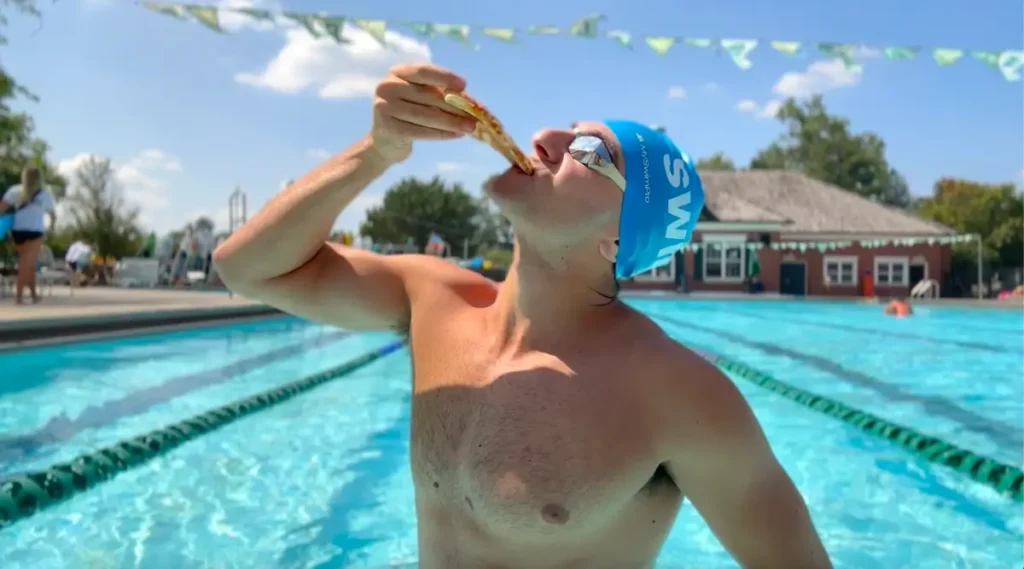
Moreover, proper hydration is fundamental for optimal performance and swift recovery post-exercise. Including healthy fats in the diet is a sustainable source of long-term energy. Additionally, incorporating anti-inflammatory foods can aid in reducing muscle soreness, thus expediting the recovery process.
“Nutrition is the foundation for everything you do in the pool. You can’t out-train a bad diet”
Dave Salo, Olympic Swimming Coach
Furthermore, swimmers benefit greatly from ensuring their diet includes essential vitamins and minerals such as iron, calcium, and vitamin D, which are integral for health and performance optimization. By maintaining a well-balanced diet tailored to their swimming needs, athletes can experience improved energy levels, enhanced recovery, and overall well-being.
6. Consistent Practice
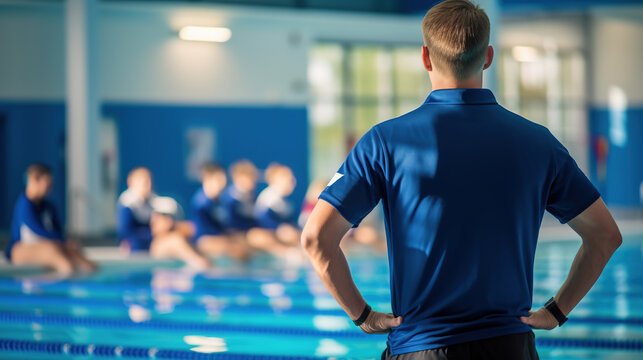
Consistency in swimming drills and practice is crucial for building muscle memory and maintaining high-speed form, especially during races where the adrenaline rush can disrupt technique. It’s essential to be mindful of your form in every practice session, focusing on executing each stroke, kick, and breathing correctly, even when fatigue sets in. As you progress, gradually ramp up the intensity by starting with shorter distances and fewer sets. Personalize your training regimen to address your strengths and weaknesses effectively.
“Consistency in practice is key for any swimmer looking to enhance their speed. Mastering the basics and gradually increasing intensity is crucial for long-term improvement”
Shares Sarah, A Professional Swim Instructor With over A Decade Of Experience
In addition to physical training, mental preparation plays a significant role in enhancing performance. Practice visualization techniques to mentally prepare for races, visualizing each aspect of your technique and getting your mind accustomed to swimming at higher speeds. Combining physical and mental training, this holistic approach can help you excel in competitive swimming.
7. Get The Right Outfit
The right gear plays a substantial role in enhancing your speed and performance while swimming. It’s crucial to select top-notch equipment specifically designed for competitive swimming. A well-crafted swimsuit reduces drag and optimizes your body’s alignment in the water, allowing for smoother movement and improved efficiency.
Furthermore, goggles are indispensable for safeguarding your eyes and ensuring crystal-clear vision, aiding you in maintaining a precise trajectory without any visual hindrances from water splashes or glare. Additionally, fins are valuable in strength development and refining kicking technique. They replicate the propulsion of a correct kick, helping you focus on power and speed during your training sessions for optimal performance in the water.
“The right swimming gear not only enhances performance but also plays a role in preventing injuries. A well-fitted swimsuit and goggles can make a noticeable difference”
Taylor, A Competitive Swimmer & Gear Consultant
8. Get a Lookout
Swimming is a highly technical sport that often benefits from gaining an outsider’s perspective to pinpoint unnoticed mistakes. In this regard, seeking feedback from coaches and peers or utilizing video analysis can provide valuable insights. Professional coaches offer personalized advice and create tailored training plans to address specific areas of improvement. Peer feedback is a source of motivation, offering diverse viewpoints and encouragement throughout the training process. Additionally, video analysis plays a crucial role in identifying technique enhancements that might otherwise go unnoticed, contributing to overall performance development in swimming.
Frequently Asked Questions
How Can I Train Myself To Swim Faster?
You can train yourself to swim faster by focusing on your technique, building strength, creating an optimized training plan, and fine-tuning your diet. Consistent and varied practice is also essential.
Can A Slow Swimmer Become Fast?
Absolutely. With the proper guidance, training, and dedication, a slow swimmer can improve their speed significantly. It’s about the holistic approach to swimming that encompasses physical, mental, and technical development.
How Can I Improve My Swimming Stroke Rate?
Improving your swim stroke rate can be done with interval training, strength exercises, and drills for quicker, more efficient strokes. Boosting fitness helps maintain a higher cadence longer.



